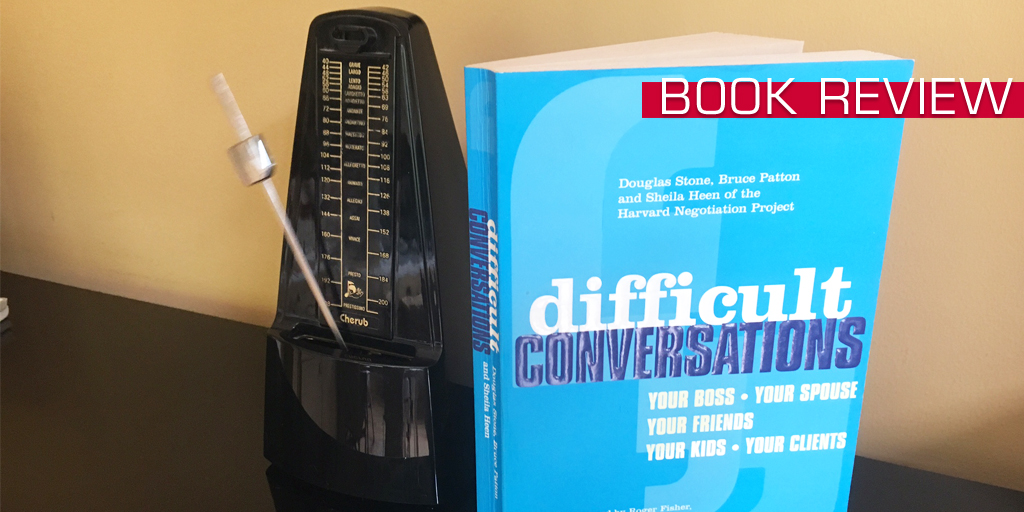The idea
The book explores what makes conversations difficult, why we avoid them, and how to handle them more effectively.
Our insights
-
Be curious to know what happened (find out how the other saw the story, disentangle intent from impact; identify who contributed what)
-
Express your feelings clearly, and acknowledge the other person’s feelings.
-
Regain balance when you feel your identity is attacked
-
Start with a neutral description of the issue; listen and make the other feel (s)he is understood; speak up with power; lead the conversation to problem solving
Extracts
- “We often fail to question one crucial assumption upon which our whole stance in the conversation is built: I am right, you are wrong. This simple assumption causes endless grief.”
- “We assume we know the intentions of other when we don’t. Worse still, when we are unsure about someone’s intensions, we too often decide they are bad.”
- “Most difficult conversations focus significant attention on who’s to blame for the mess we’re in.”
- “Telling someone to change makes it less rather than more likely that they will.”
- “When feelings are at the heart of what’s going on, they are the business at hand and ignoring them is nearly impossible.”
- “We have a deep desire to feel heard, and to know that others care enough to listen.”
- “The key is to communicate your feelings in a way that invites and encourages the recipient to consider new ways of behaving, rather than suggesting they’re a schmuck and it’s too bad there’s nothing they can do about it.”
Don’t hesitate to contact us if you want guidance in Alignment or explore our Positive Expert-Area.
You can find this book on amazon and other online bookstores. Click on the image to shop:
TITLE: Difficult Conversations
AUTHORS: Douglas Stone, Bruce Patton & Sheila Heen
B. Cialdini, PH.D.
PUBLISHER: Penguin Books, 352 pages (2010)
Our scores
Content: 5/5
Style: 4/5
Usability: 5/5

